The French Riviera has a certain reputation. When prompted to consider what first comes to mind, the answer is often glitz and glamour: shiny yachts, buzzing beach bars, and all the accoutrements accompanying visions of Monte Carlo, Cannes, and Saint-Tropez.
But for acclaimed chef Mauro Colagreco — whose restaurant Mirazur in the Franco-Italian border town of Menton has three Michelin stars and was voted best restaurant in the world in 2019 — the French Riviera is so much more than that.
"That world exists," Colagreco agrees. "But it's just one facet of a much richer and deeper identity. The true soul of the Riviera lies in its land, its traditions, and its people."
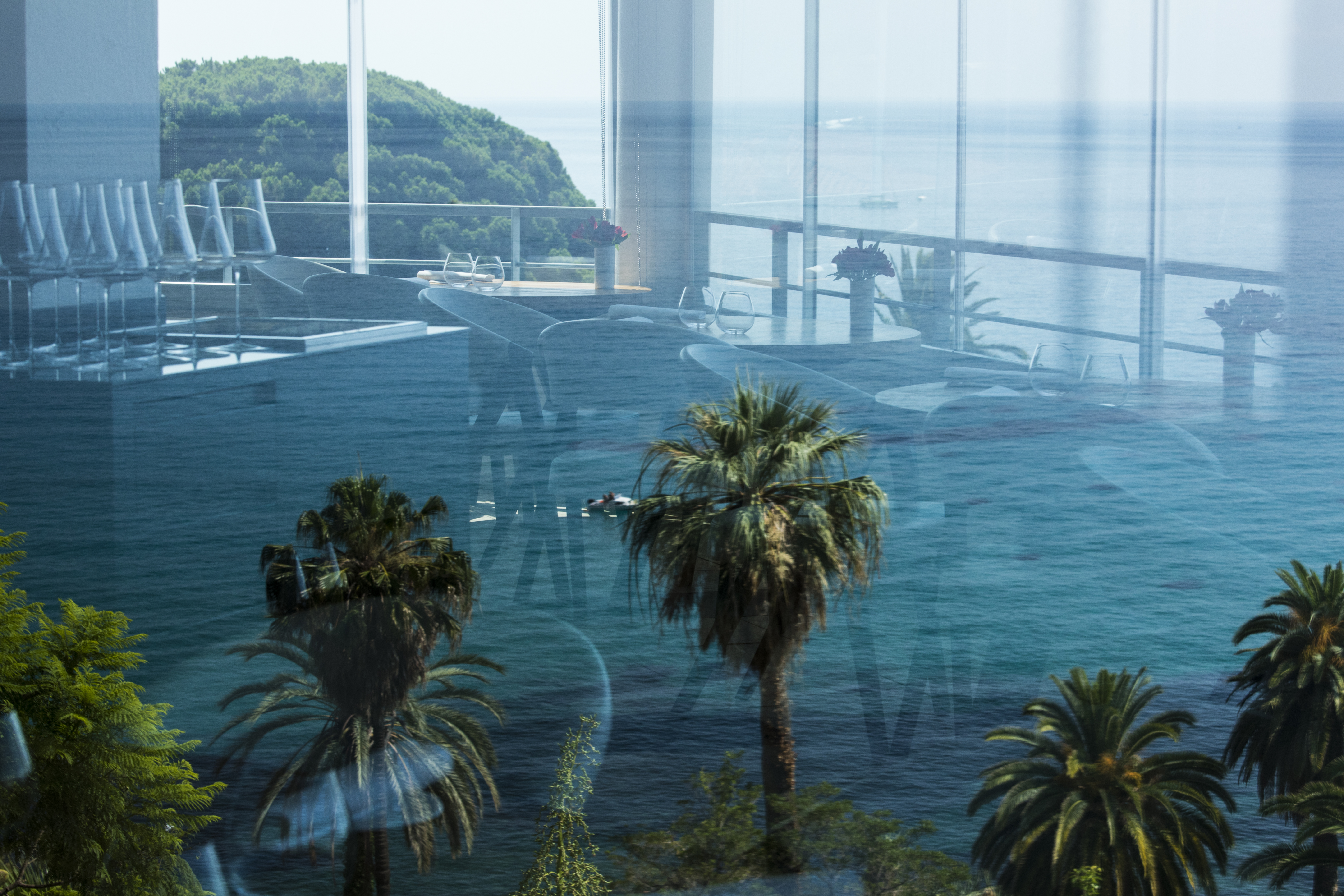
As a chef and UNESCO Goodwill Ambassador for Biodiversity, what fascinates Colagreco about his adopted home on the Riviera (he's from Argentina) is the region's biodiversity and culinary heritage. It's not just about the Champagne and fine dining, he says, but the small family-run farms growing all sorts of citrus in Menton's microclimate; the hardworking fishermen who still go out at dawn each day to reel in their catch; the wild herbs that perfume the hills. "It's a way of life that respects nature and celebrates simplicity, where luxury isn't about excess, but about authenticity," he says.
There's also a cultural depth that often goes unnoticed by the pleasure-seeking summer crowds, he opines. "The Riviera isn't just a postcard," he says. "Those who take the time to look beyond the surface find a region with a deep soul. It inspired artists like Chagall, Matisse, Picasso — not just for its beauty, but its light, its energy, its contrasts. There's an authenticity here."
Having fallen in love with the region nearly 20 years ago, Colagreco is intimately connected to its rhythm of life. "It follows the seasons," he explains. "It respects the gifts of the earth and the sea."
Here are his top tips on how to experience the best the region has to offer.
Where to Eat and Drink on the French Riviera
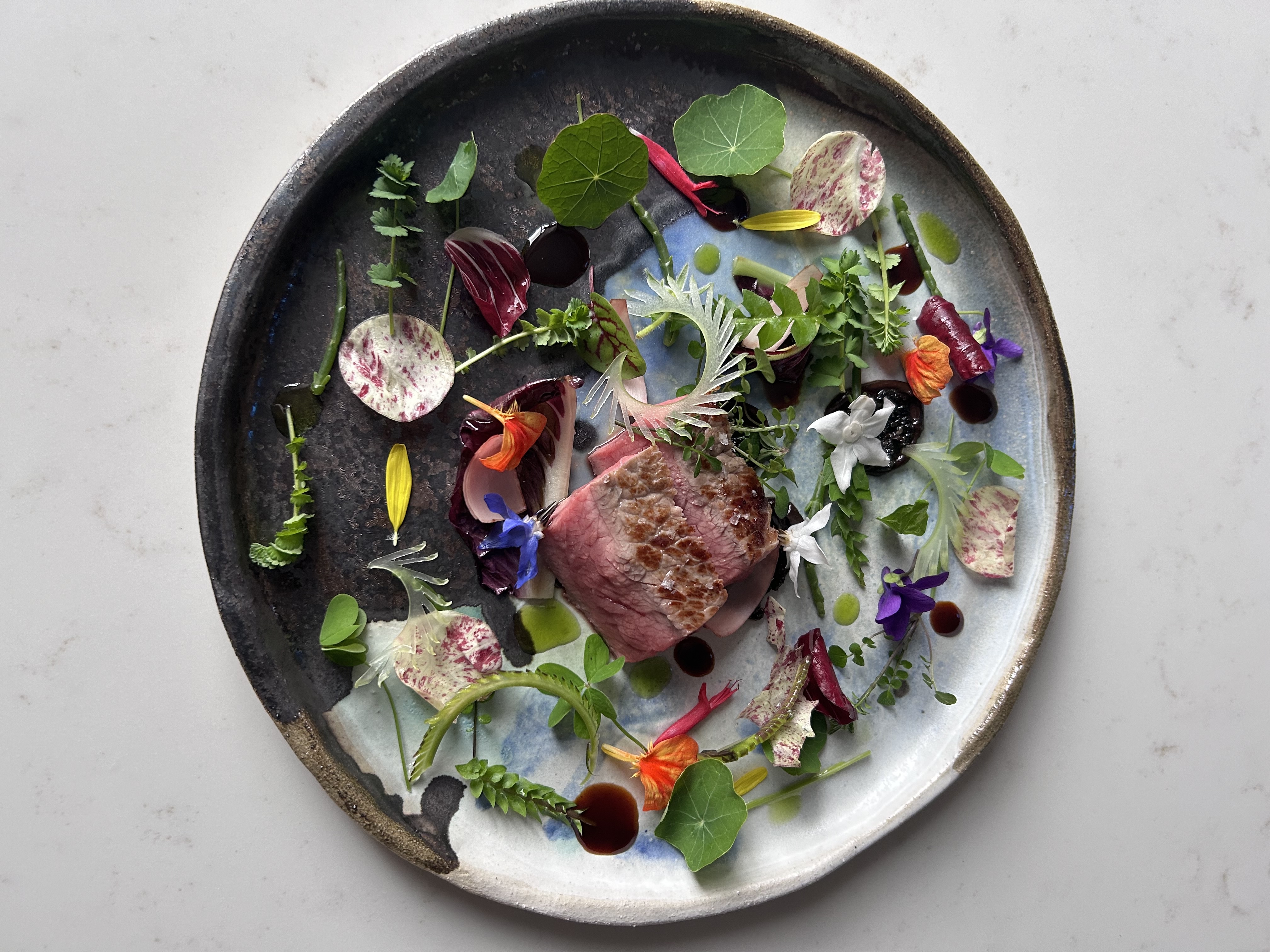
The more traditional dishes — popular both at home and abroad — include ratatouille and salade Niçoise, but for Mauro, who lives on the border of France and Italy's Ligurian Riviera, food has a decidedly Italian influence. This slow creeping of culture can be seen all over the French side of the coastline, well into Cannes and even as far as Saint-Tropez.
"Visitors should not miss the region's other iconic dishes: delicate stuffed zucchini flowers, freshly caught fish alla Ligure (made with cherry tomatoes, pine nuts, white wine, olives, and oregano), and flavorful spaghetti alla Genovese (a slow-cooked onion and meat sauce) are must-tries. For those with a sweet tooth, the legendary tarte tropézienne (a kind of cream-filled brioche) is a true delight, while street food lovers will enjoy crispy socca (chickpea flatbread), caramelized onion pissaladière tarts, and the unique Niçoise chard pie, the tourte au blette."
While the Riviera has no shortage of Michelin-starred restaurants — around 30, including his own — Colagreco's favorites would be under the radar for international crowds, though fairly well-known to locals.
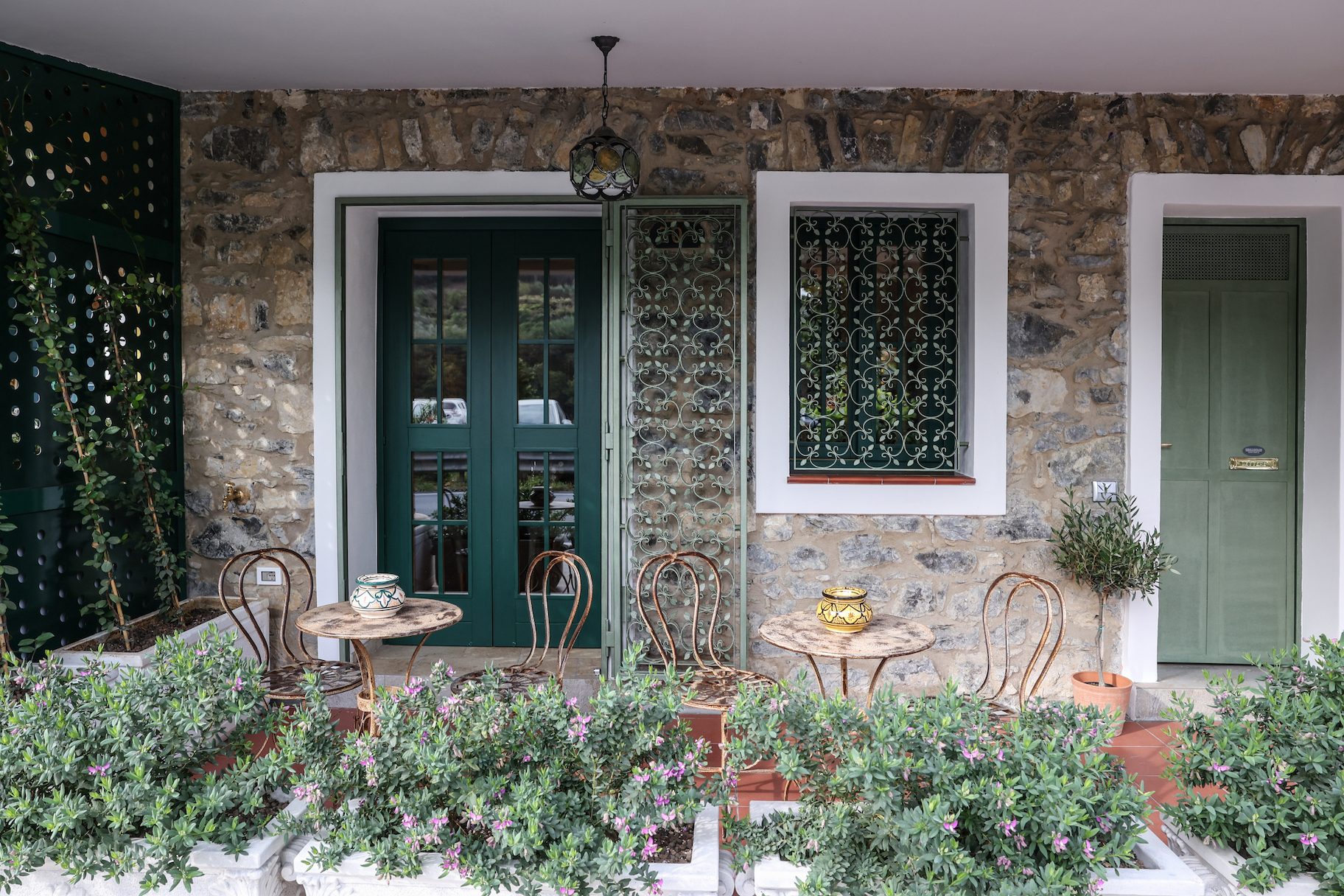
"I'm always looking for places that reflect the strong values of the region. La Merenda in Nice, Casa Buono in Trucco (on the nearby Italian Riviera), for example. One of my favorites is Trattoria Terme in Pigna, a small village in the Italian hinterland above Ventimiglia. This family-run restaurant offers authentic, seasonal cuisine using only fresh, local produce. It's exactly what I'm looking for when I leave my restaurant, and I recommend it to everyone."
Colagreco's own local establishments — La Pecoranegra and Casa Fuego — have the same family-style cuisine, with menus perhaps inspired by his many homes: La Pecoranegra ("the black sheep" in Italian) has a menu full of crispy wood-fired pizzas, while Casa Fuego's menu lists an array of smoky, flame-grilled meats inspired by Argentinian asado.
What to Do on the French Riviera
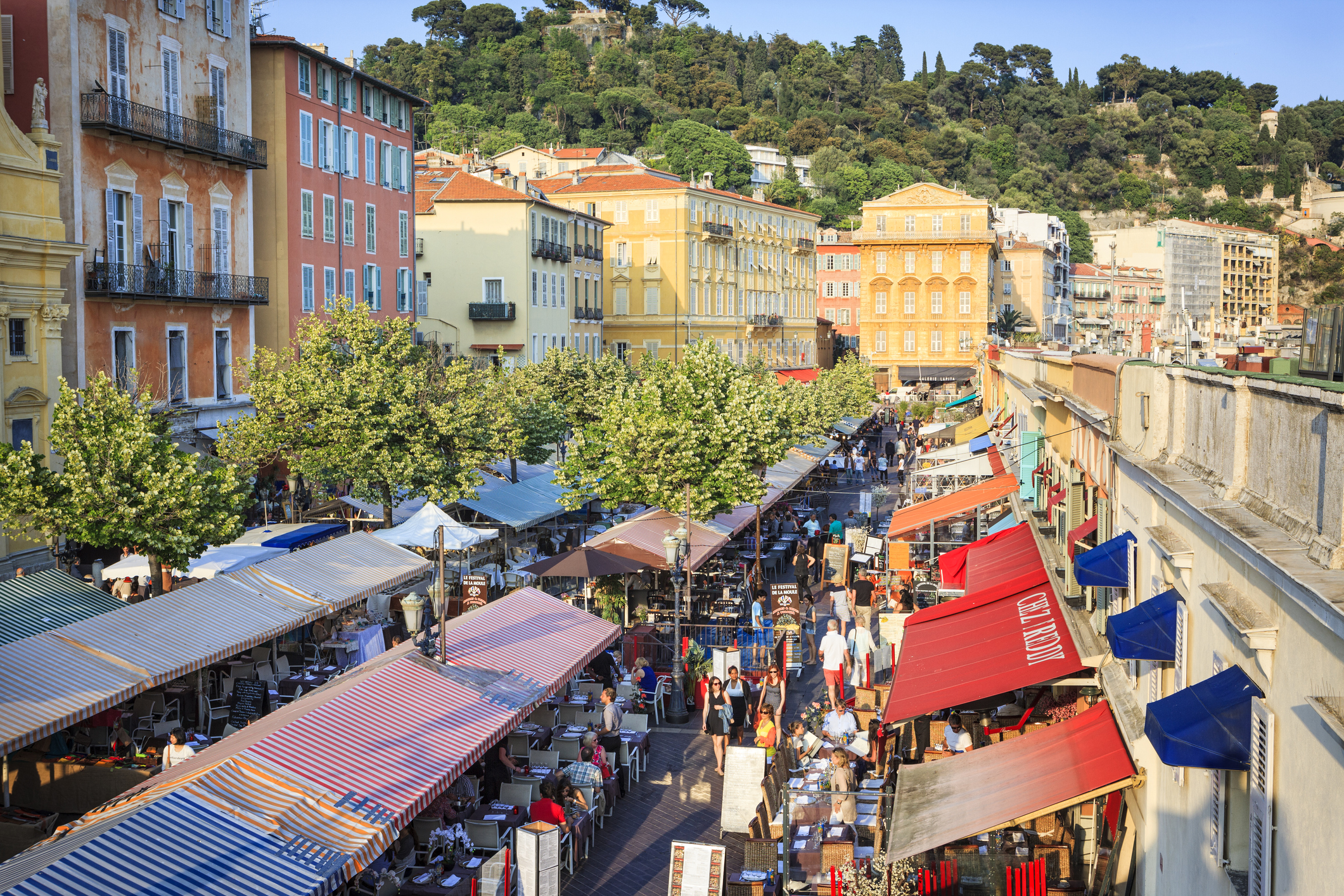
Colagreco enjoys Nice's cultural spaces. "I find inspiration in a variety of places, each offering a unique perspective on art, history, and human creativity. I love the markets, for example; they're an incredible source for me. They're more than just a place to buy fresh produce; it's a whole sensory experience: colors, scents, the hum of conversation. Everyday life and tradition intersect, locals display their crafts, and you can really observe the rhythm of the city."
Nice's Cours Saleya is a firm favorite, alongside Menton's Marché des Halles. Markets in France are vibrant and seasonal, with a significant portion of the produce being locally sourced. Tables laden with wooden crates of fresh-picked cœur de bœuf tomatoes in red, yellow, green, and purple; locally-pressed golden olive oils from the Niçois hinterland; glass cases of fragrant French cheeses, and tiny hessian sacks filled with herbs de Provence and dried lavender are all on display in the sunny Cours Saleya in the early weeks of summer, for example.
"And, of course, going into the Italian side, there is also the market in Ventimiglia, which we frequent a lot. Going to these markets is essential to me as a chef; it's part of my philosophy of circular gastronomy: short circuits, seasonal and local produce, working with local producers."
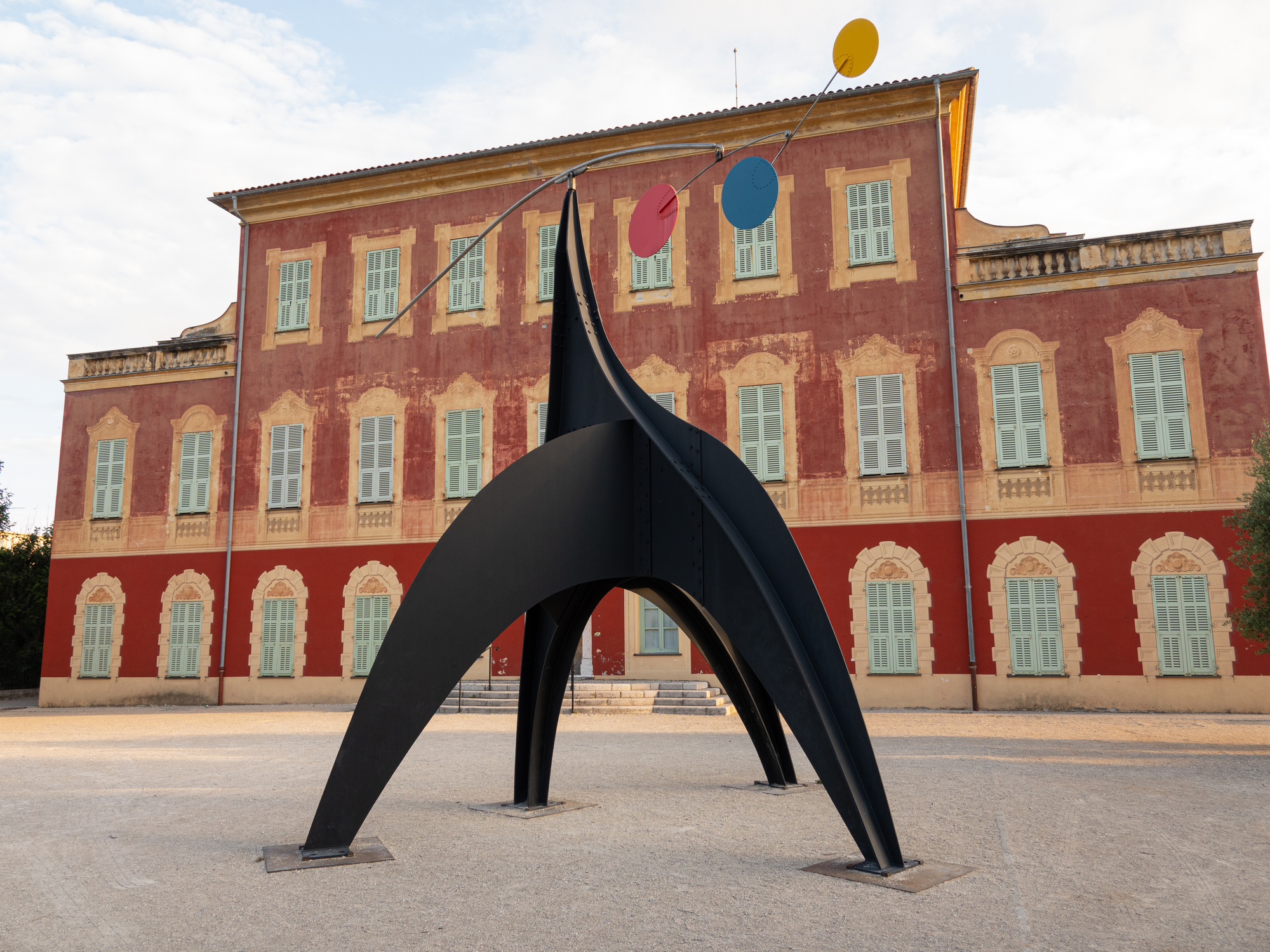
Another source of inspiration for the chef can be found at Terra Amata Museum, which is dedicated to prehistoric Nice with artifacts from the earliest human inhabitants of the town, some 400,000 years ago: "It reminds us of our adaptability and of the way creativity has always been a part of survival and culture." The idea that inspiration can be drawn even from the lives of our distant ancestors is a powerful one, he says.
For a wellspring of colorful, creative energy, Colagreco recommends visiting the Matisse and Chagall museums in Nice. "Matisse's work reminds me that simplicity can be powerful and that artistic expression is limitless. Chagall is also deeply moving: his compositions are dreamlike and poetic, exploring themes like love, faith, and myth. It shows how both personal and universal narratives entwine in art."
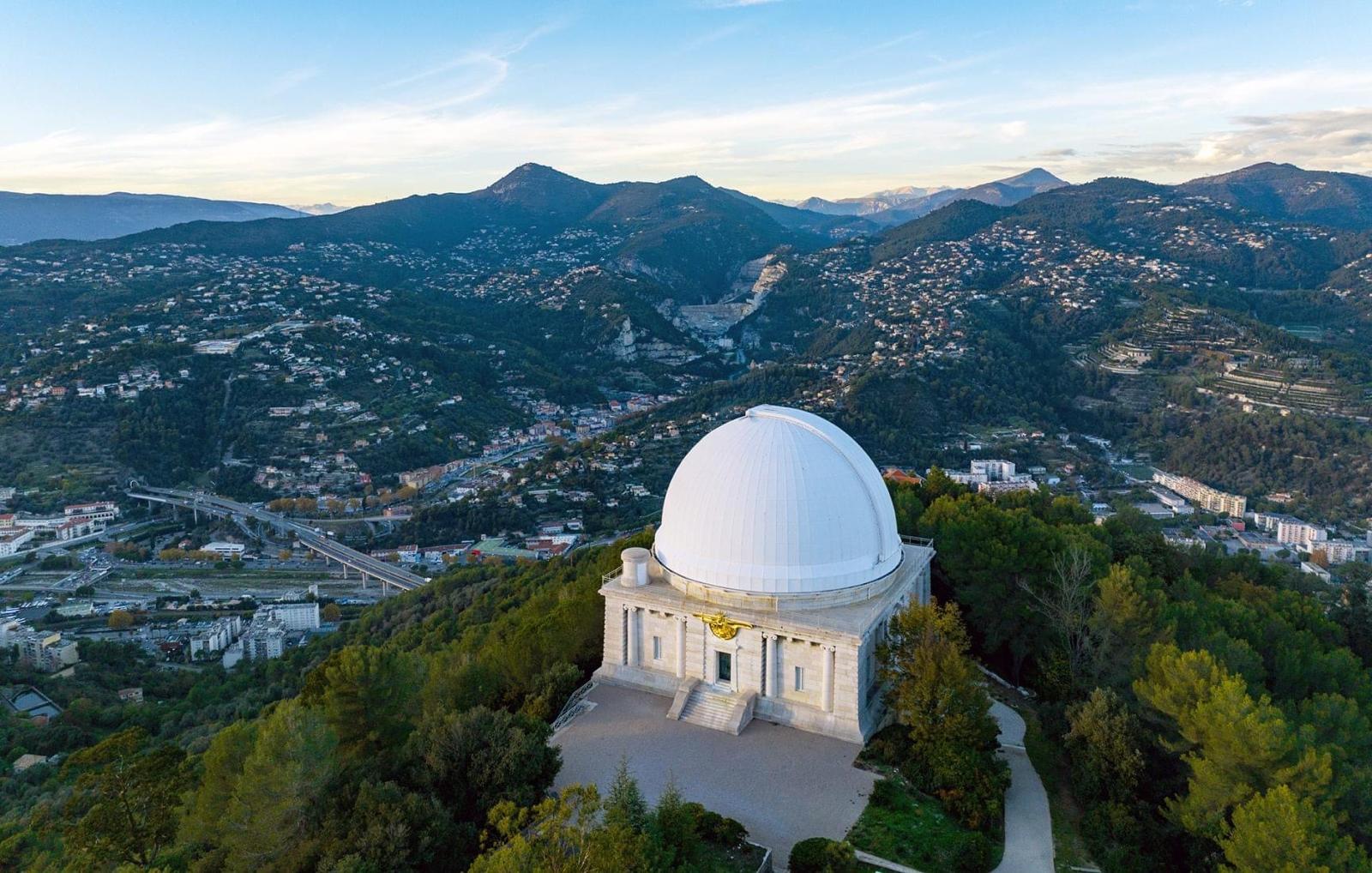
Finally, to expand the mind in another way, Colagreco recommends one last stop: the Observatory in Nice. "There's something deeply humbling and awe-inspiring about looking up at the stars, thinking about the universe's vastness, and realizing how small yet significant human creativity is. Science and art are deeply connected; both seek to understand and express the mysteries of existence." Its location on Mont Gros, overlooking the entire city, offers a pretty panoramic view, and its heritage-listed buildings were built by Charles Garnier and Gustave Eiffel and include the largest mobile dome in Europe.
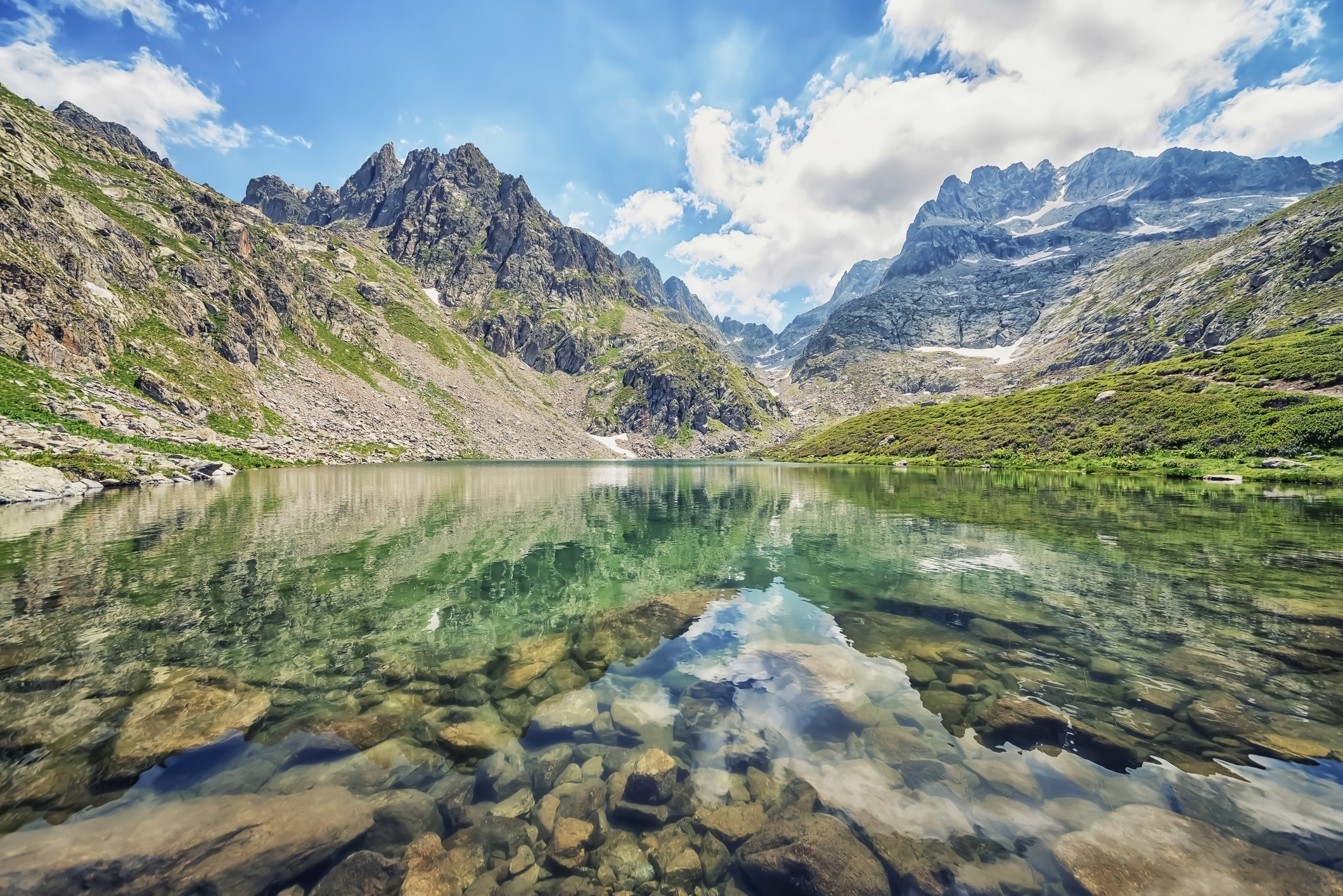
Outside the French Riviera's cities and villages, and for those who want to see more of the local landscape, there's the Mercantour National Park. A biodiversity hotspot with more than 2,000 plant species and nearly 9,000 animal species, the park is also home to the Valley of Marvels, an archeological site with over 30,000 rock and cave paintings dating back some 5,000 years.
Closer to the sea, there is the Sentier du Corbusier. "It's a coastal walk from the tip of Cap Martin to Plage de Buse in the town of Roquebrune-Cap-Martin, a natural setting with beautiful sea views," says Colagreco. The entire coastline is lined with these walkways, including many well-worn paths once regularly patrolled by customs officers to keep a lookout for smugglers, who would land upon the rocky coastline with contraband. Today, they showcase some of the most beautiful views of the Mediterranean.
"For me," says Colagreco, "Nice and the Côte d'Azur are places of inspiration and responsibility — an invitation to cherish, protect, and celebrate the beauty of our world through cuisine, sustainability, and respect for nature. It's paradise, but one we must take care of."
Where to Stay
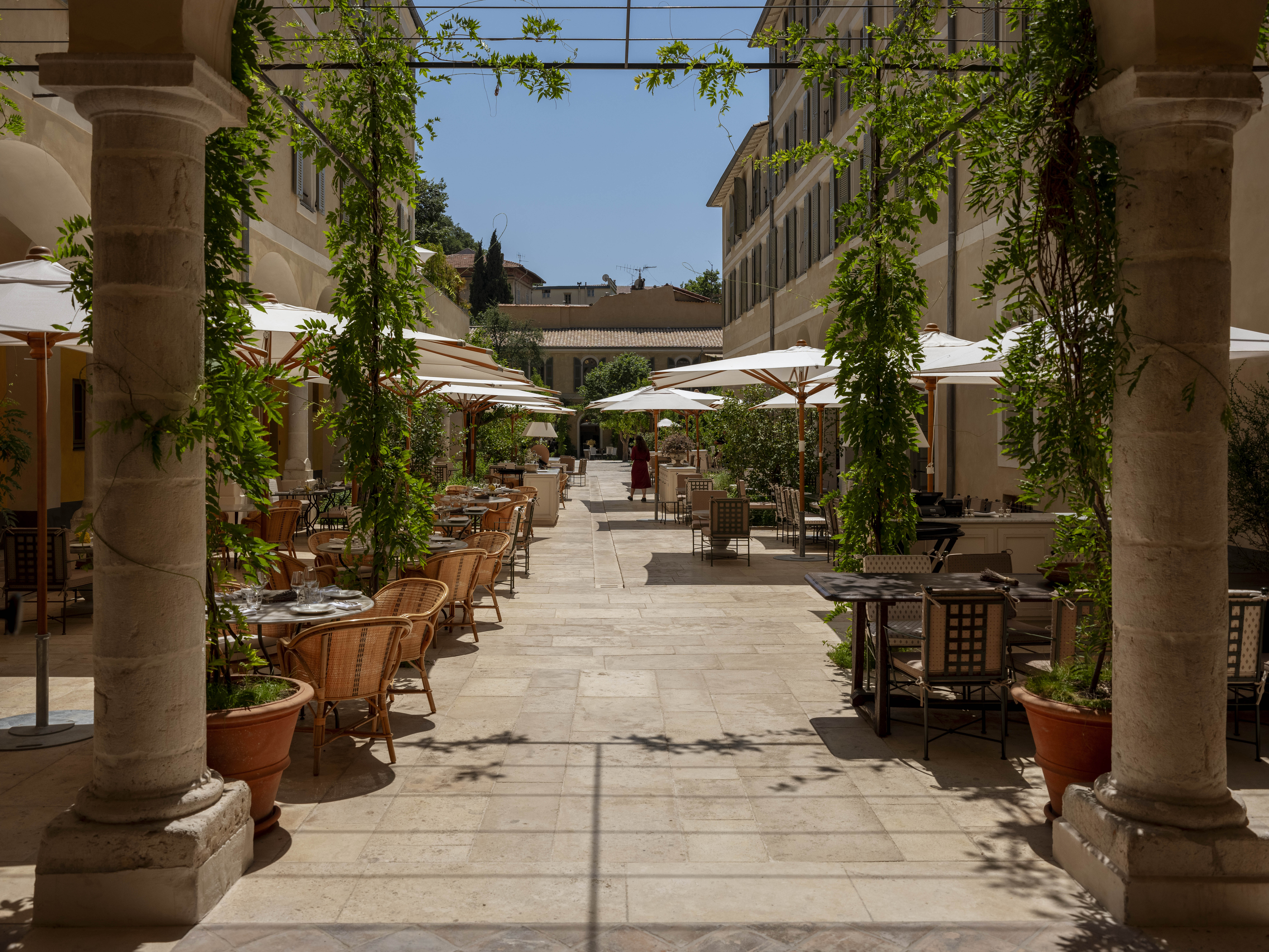
Over the last few years, the Riviera has welcomed a new wave of boutique and luxury hotels. The award-winning Cap d'Antibes Beach Hotel — recipient of the 2024 Prix Versailles — sits in the relative quiet between Cap d'Antibes and Juan-les-Pins. It has minimalist, neutral-hued rooms and blends Palm Springs modernism with timeless Mediterranean elegance. Its on-site restaurant, Les Pêcheurs, is Michelin-starred and nautically inspired.
In Nice, the charming Hôtel du Couvent, a quietly restored 300-year-old convent, is somewhat hidden within the rabbit warren of Old Town. It features below-ground Roman-inspired thermal suites along with an outdoor lap pool, plunge pools, an open-air "Movement Studio" for yoga and Pilates, and a culinary garden.
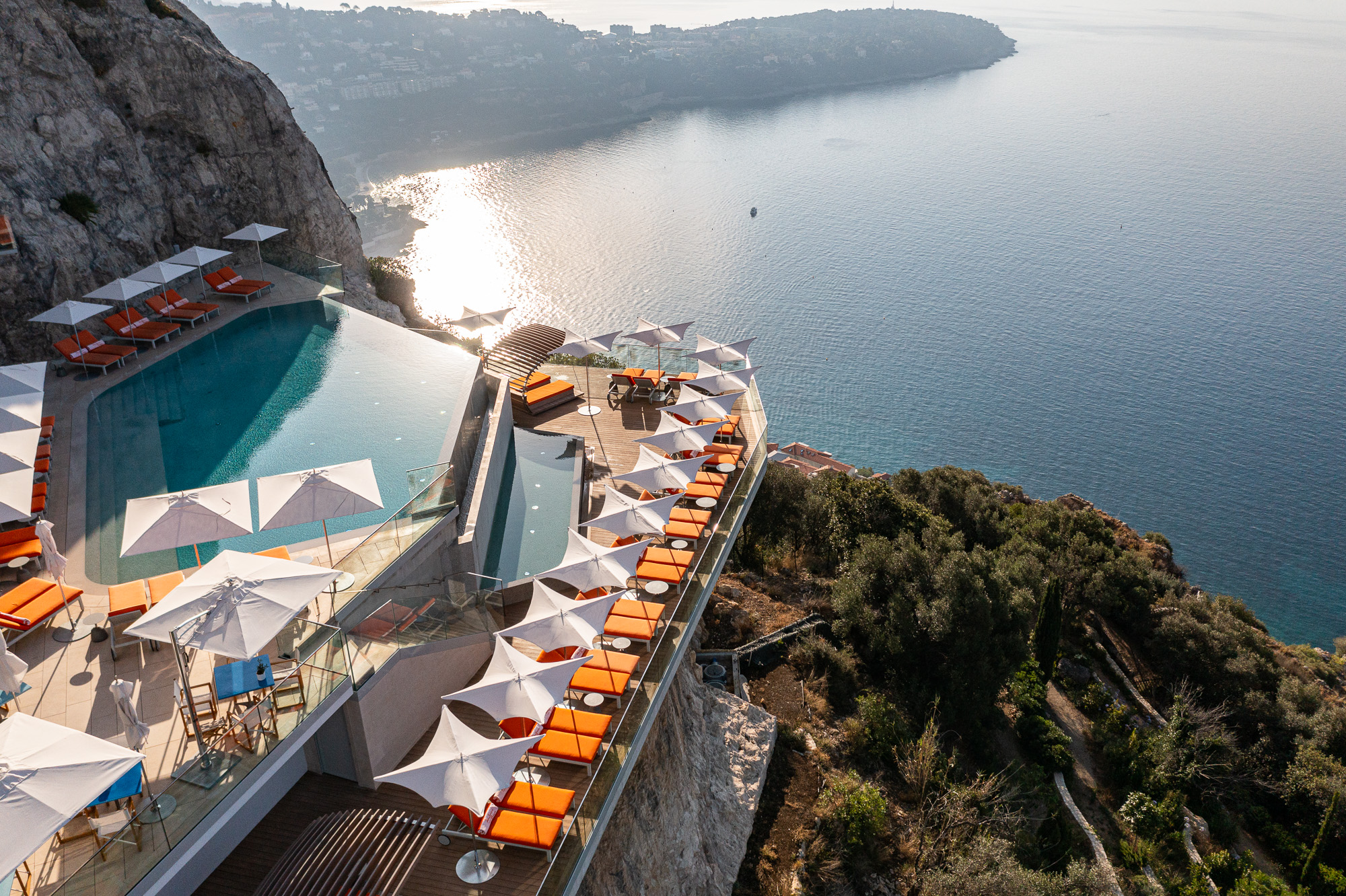
Made of glass and concrete with floor-to-ceiling windows, the modern The Maybourne Riviera juts out dramatically from a rocky peninsula above the Mediterranean, offering some of the prettiest views of the entire coastline and into Italy. It features a variety of high-end restaurants, including Jean-Georges Vongerichten's abc kitchens riviera.
The Best Time to Visit

Tourism peaks in June to August, but the best time to visit is in the shoulder season: from May to early June, the weather is pleasant, jasmine and lavender are in full bloom, and the social calendar is full of events with the Grand Prix and Top Marques in Monaco, and the Cannes Film Festival in Cannes.
Autumn, too, is still warm and swimmable, and with the Cannes Yachting Festival, the Monaco Yacht Show, and Les Voiles de Saint-Tropez unofficially drawing the Mediterranean season to an end, the crowds are thinner, but no less keen to take advantage of the golden light and slower pace of life.
How To Get There
Travelers can fly into Nice Côte d' Azur Airport with United, Delta, and American non-stop from U.S. cities like Atlanta, Philadelphia, and New York's JFK and Newark. Flying into Paris and then taking a high-speed TGV train is another option. It's around 3 hours to Marseille and 5.5 hours to Nice.
Combine With
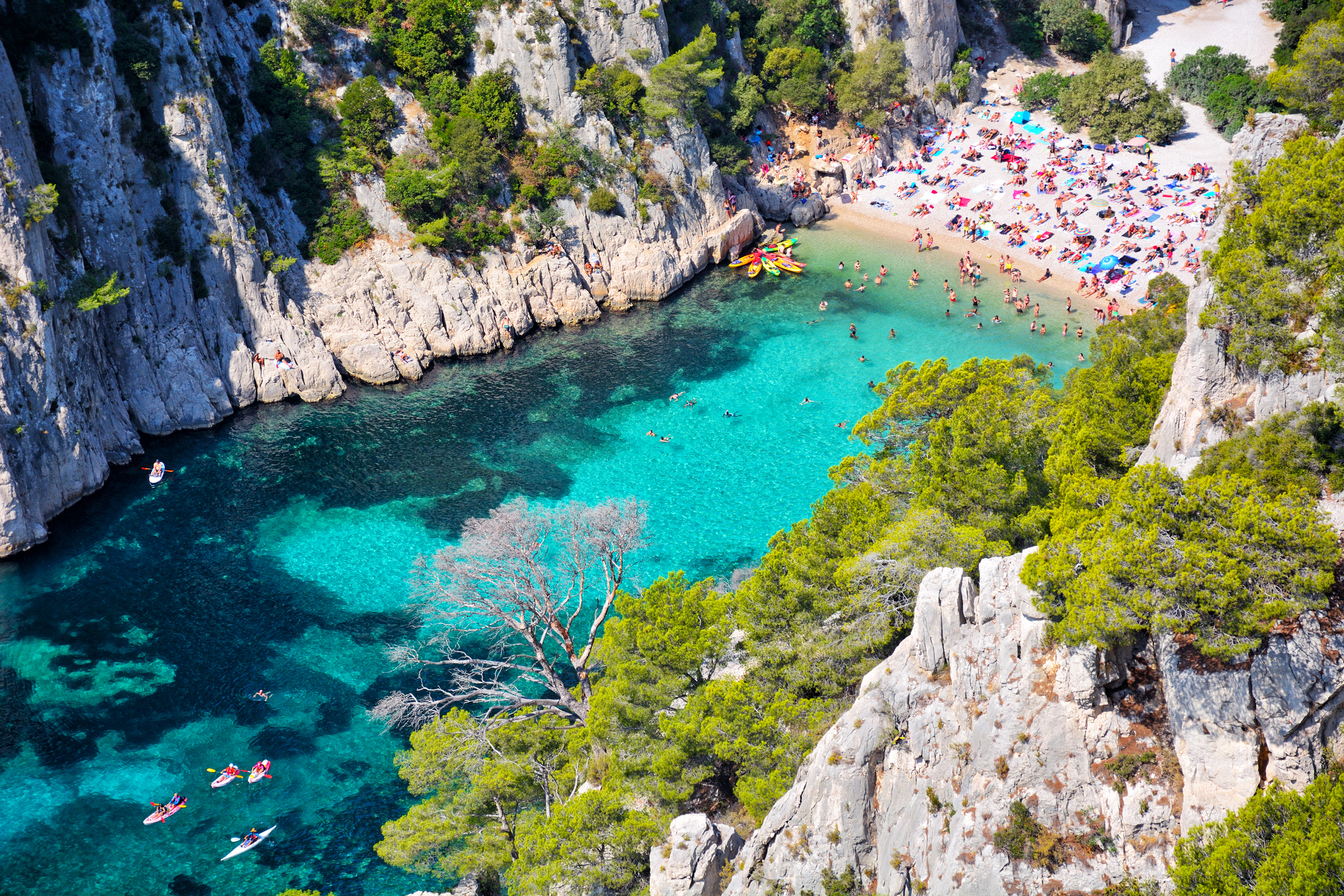
From June through July, the lavender fields of Aix-en-Provence, Avignon, and Luberon beckon, around 2-3 hours by car or train from Nice.
For the outdoorsy, Gorges du Verdon is about two hours by car from Nice. Often called the "Grand Canyon of Europe," its 100 kilometers (62 miles) of river winding through towering cliffs is ideal for hiking and kayaking.
Nearby Cassis, the gateway to Calanques National Park, is another excellent option for those who like to immerse themselves in nature. The park, which stretches over 200 square miles from Marseille to the port city La Ciotat (most of which are marine area), is filled with beautiful blue inlets surrounded by sharp, ochre-colored cliffs. Visitors can hike and swim in the park and visit by boat.

Visitors should also make time to visit Monaco (30 minutes by car from Nice), as the famously opulent spot is currently in the midst of exciting changes, as Prince Albert II has committed to making Monaco carbon neutral by 2050, pledging to show that "Green is the new Glam." While its Belle Epoque casino, opened in 1863, continues to be a huge draw, visitors can now also sip on liqueurs made from locally grown ingredients, dine on local produce at the world's first organic Michelin-starred restaurant, and explore an entirely new, eco-friendly neighborhood.